Why Misclassifying Workers on Set Could Cost You: A Deep Dive into AB 5 and Common Law Employment Tests

In the high-pressure world of production, where budgets are tight and schedules even tighter, hiring "independent contractors" can seem like an easy shortcut. No payroll taxes, no benefits, no union headaches. It sounds appealing at first glance.
But misclassifying workers on set is not just a technical error. Under California’s AB 5 law and traditional common law employment tests, it can expose production companies, payroll providers, and even individuals to massive liability. That includes back wages, penalties, benefits contributions, union grievances, audits, and litigation.
The problem is that it is much easier to make a mistake than most people realize, and far harder to fix once the damage is done.
Understanding the Landscape: AB 5 and the ABC Test
In 2020, California’s Assembly Bill 5 (AB 5) codified and expanded a strict standard for determining if a worker is an independent contractor or an employee. Known as the ABC test, it presumes workers are employees unless the hiring entity can prove all three of the following:
- (A) The worker is free from the control and direction of the hiring entity in performing the work.
- (B) The worker performs work that is outside the usual course of the hiring entity’s business.
- (C) The worker is customarily engaged in an independently established trade, occupation, or business of the same nature as the work performed.
If a production fails even one of these tests, the worker must be treated as an employee.
For entertainment productions, especially in California, this is a major risk area. The usual course of business for a production company is creating content. Hiring a camera operator, sound mixer, costumer, or production assistant fits directly within that core business. Even highly specialized creatives, if hired directly by the production, are likely to be considered employees under AB 5.
It gets even more complicated. While certain unionized workers and multi-employer benefit plan participants have limited carve-outs from AB 5, non-union freelancers and smaller-scale productions are still very much exposed. On top of that, courts and agencies also rely on common law employment tests, like the Borello test, which focuses on control, direction, and how integrated the worker is into the hiring entity’s business.
If you misclassify someone, the consequences under both standards are real, and they are costly.
Case Study: How a "Simple" Web Series Led to a Six-Figure Disaster
Consider the real-world example of a small digital production company, which we will call Silver Shore Media.
In 2021, Silver Shore produced a modestly budgeted web series for a streaming platform. In an attempt to stay lean, they classified all non-union workers, including grips, camera assistants, set dressers, and production assistants, as independent contractors. Workers signed contractor agreements and submitted invoices, and payments were made without any taxes withheld.
At first, everything appeared to run smoothly. The show wrapped on time, the client was happy, and the crew moved on to other gigs.
Then came the claims.
Several crew members filed wage claims with the California Labor Commissioner, alleging misclassification. They sought unpaid overtime, meal penalties, missed rest break premiums, and expense reimbursements. The Labor Commissioner launched an investigation and uncovered several critical facts:
- Workers were subject to call sheets and daily production schedules.
- Silver Shore controlled how and when work was performed.
- The work performed was central to Silver Shore’s core business.
- Workers did not operate independent businesses with insurance, licenses, or their own marketing.
Silver Shore failed all parts of the ABC test.
As a result, they were ordered to pay $225,000 in back wages, penalties, and interest. They were also assessed $80,000 in unpaid payroll taxes plus penalties by the Employment Development Department. Additionally, they settled a benefit fund claim for $45,000, which alleged underpayments to union benefit plans.
Worse, the company faced a broader audit of its next two years of operations. Individual founders were also held personally liable for some wage violations, a risk under certain provisions of the California Labor Code.
Their brand took a hit, too. Word spread quickly among local union offices and freelance crews. Silver Shore struggled to staff their next project, losing access to the talent they needed to stay competitive.
One poorly handled production had created a domino effect of financial, legal, and reputational harm.
Why This Keeps Happening on Set
Despite high-profile cases like Silver Shore’s, misclassification still happens all the time in the entertainment world, especially on lower-budget productions, digital shoots, commercials, and reality series.
Several factors contribute to the problem. Producers may not fully understand how AB 5 works, or they may incorrectly assume that if a worker wants to be freelance, that is enough to satisfy the law. Budget pressures can tempt productions to view payroll taxes and union fringes as optional. Some rely heavily on contractor agreements, mistakenly believing a signed document will protect them. And in fast-moving production environments, the culture of informal, project-by-project hiring often leads teams to cut corners.
But regardless of intention, none of these explanations will hold up when state agencies or unions come knocking.
How to Protect Your Production
To stay compliant and avoid devastating consequences, productions should build smart practices into their workflows from the start. Here are key steps to follow:
- Default to employment classifications unless you have clear legal support for treating someone as a contractor. If their role is part of your core business or you control how they perform their work, they must be treated as employees.
- Use a reputable entertainment payroll service. These companies are well-versed in classification rules and can help you remit taxes and union fringes properly.
- Understand AB 5 carve-outs for certain unionized workers, but do not assume exemptions apply unless all conditions are clearly met.
- Train your production teams on worker classification basics. Line producers, production managers, and coordinators should understand that classification is about legal status, not about paperwork.
- Budget correctly for the real costs of labor. If your budget only works by misclassifying your crew, then your budget is wrong, not your classifications.
The Risk Isn’t Worth It
The consequences of misclassifying workers have never been higher. With California’s aggressive enforcement of AB 5 and common law tests, the risks are financial, operational, and reputational.
If your production controls a worker’s day-to-day activities and their services are part of your core business, you are responsible for treating them as an employee. It does not matter if both parties would prefer a freelance arrangement.
The story of Silver Shore Media is becoming more common, not less. Taking shortcuts on classification might save a little money upfront, but the fallout from getting it wrong could jeopardize your entire production company.
Plan smart, hire carefully, and always build your budget assuming you will need to pay employment taxes and benefits.
It is a small investment compared to the price of getting it wrong.









